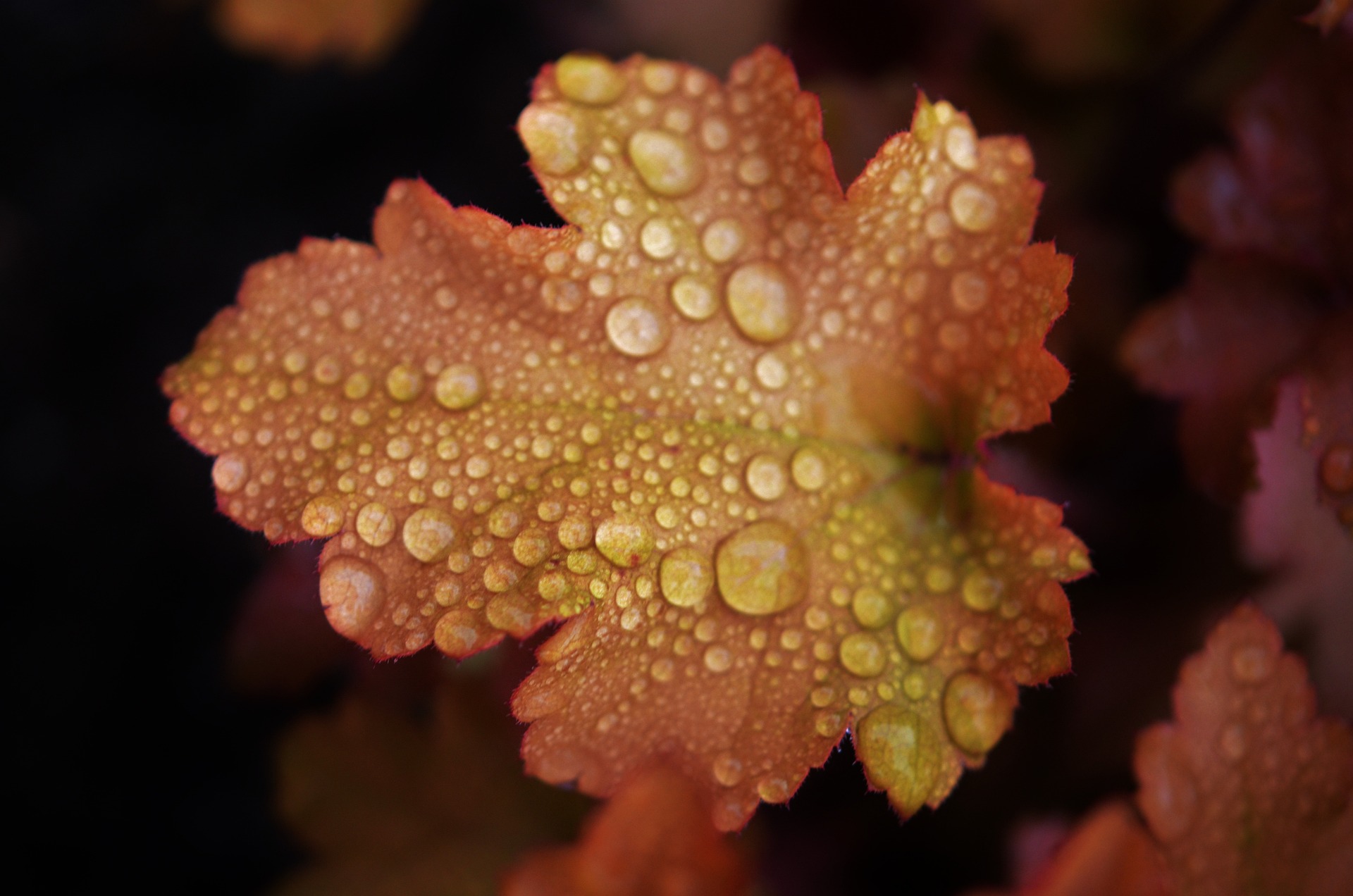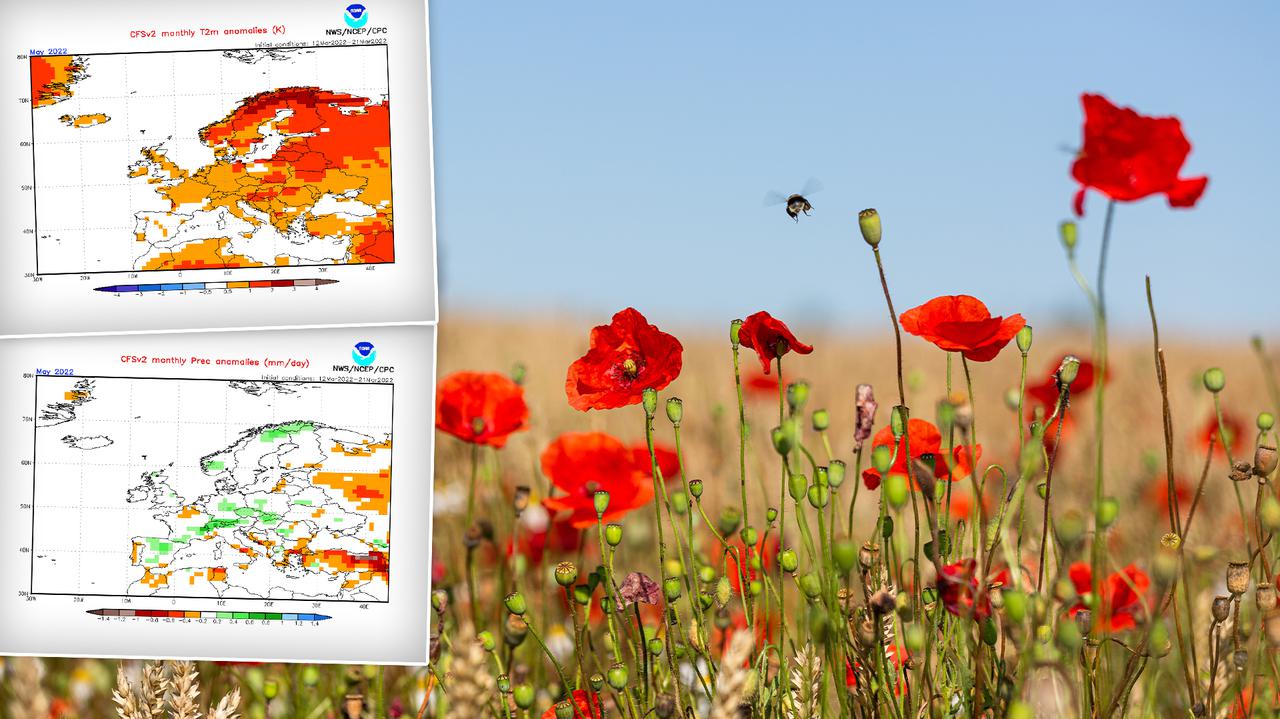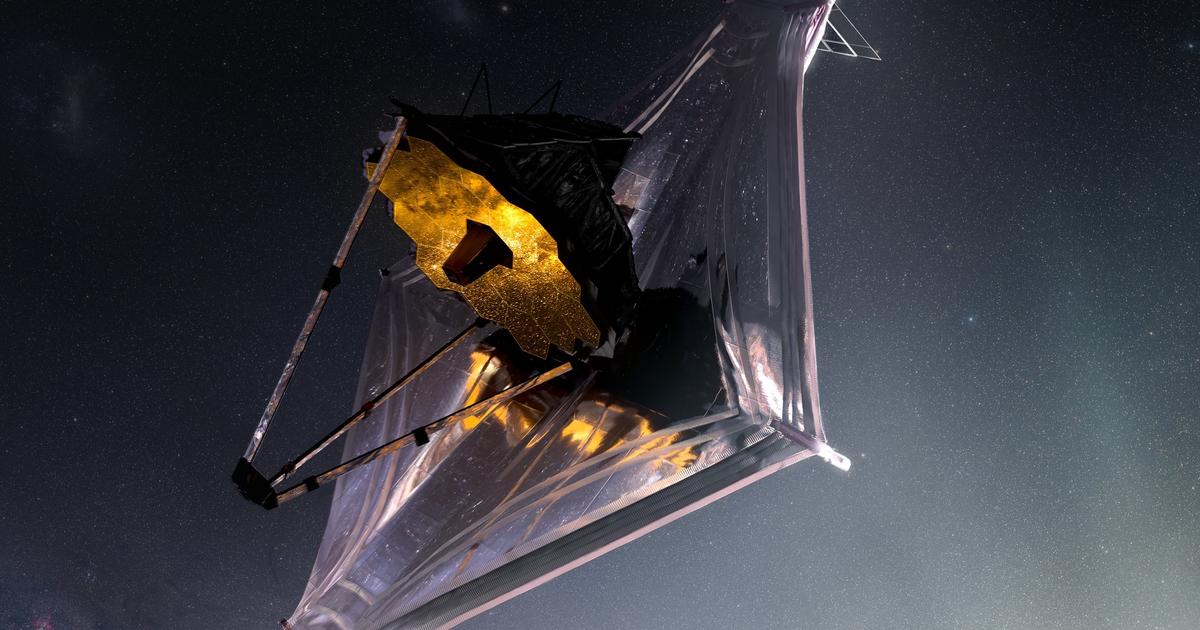Each leaf is a small factory in which the most important plant processes take place: photosynthesis, respiration and transpiration. Leaves can be of different shapes and sizes, but they generally share a structure adapted to one of two types of photosynthesis: C3 and C4. All green parts of the plant (when they contain chlorophyll) are capable of photosynthesis, but up to 95% of them are plants. The compounds are produced in the leaves. This makes sense, since it is an organ that was evolutionarily adapted to carry out this process.
Read also:Energy from “nothing”. This is how scientists defied the laws of physics
A separate article can be written about the papers, but the biology lesson is not the evidence for this material. Italian scientists decided to “improve” the leaves further and developed a system, built into plants, that generates electricity from raindrops or wind. Details are published in IEEE Robotics and Automation Letters.
Unprecedented artificial leaves
A team of scientists from the Italian Institute of Technology (IIT) in Genoa, led by Dr. Fabian Meder, came up with an unusual idea. The developed system consists of a natural leaf covered with a layer of elastomer (bottom) attached to a real plant.
As leaves move in the wind, the two surfaces touch and separate again, creating static charges on the epidermis of plant leaves and on our organs. These charges are stimulated in the plant’s inner cell tissues where they create a current. We can collect this current using an electrode inserted into the plant tissue.Dr.. Fabian Meader
The idea itself is very simple, but very effective. Similar artificial leaves to generate electricity from wind power have been created before, but the project by scientists from Genoa is the first that can also harvest energy from raindrops. How is this possible? Here, the main role is played by FEP, that is, a fluoroethylene / propylene copolymer located on the upper side of the sheet. When raindrops hit this layer, they collect embedded electrodes inside and on top of the synthetic leaf, creating something like a capacitor. Raindrops spread on the surface and capacitive coupling occurs between the electrodes – a current is generated.
One wonders if the whole game is worth the candle? The researchers incorporated their system into oleander leaves and evaluated their ability to harvest energy under varying amounts of rain and wind. Single droplets of water create a peak voltage of more than 40 volts (V) and 15 microamperes (microamperes), thus allowing 11 LEDs to be powered.
Read also:Solar panels on railway tracks. Why hasn’t anyone discovered this before?
Existing artificial leaf systems that rely solely on wind power lose their efficiency when their surfaces become wet. The new device is capable of handling both dry and wet conditions, and works best when it’s windy. There is no doubt that the energy efficiency of artificial leaves can be improved. A patent application has already been filed for this technology, although some research is still needed before a final product can be determined.

Echo Richards embodies a personality that is a delightful contradiction: a humble musicaholic who never brags about her expansive knowledge of both classic and contemporary tunes. Infuriatingly modest, one would never know from a mere conversation how deeply entrenched she is in the world of music. This passion seamlessly translates into her problem-solving skills, with Echo often drawing inspiration from melodies and rhythms. A voracious reader, she dives deep into literature, using stories to influence her own hardcore writing. Her spirited advocacy for alcohol isn’t about mere indulgence, but about celebrating life’s poignant moments.










